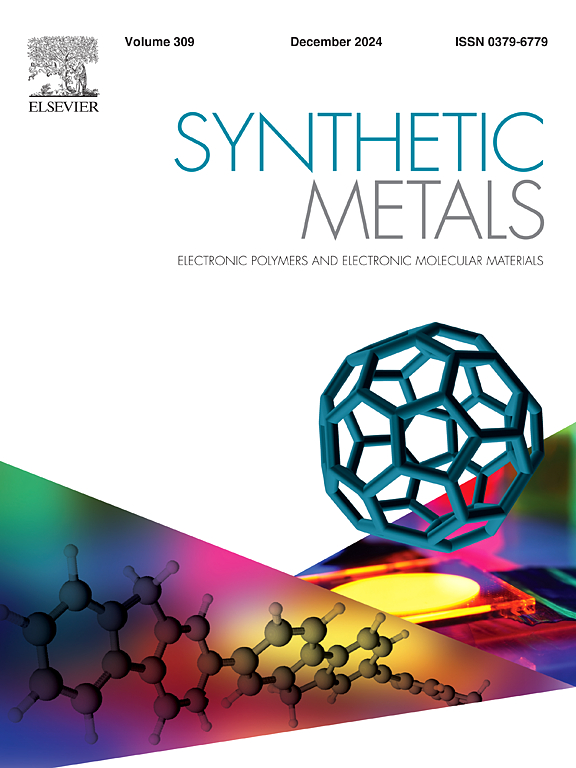二氧化钛/聚苯胺复合材料原位化学氧化聚合制备高性能超级电容器电极
IF 4
3区 材料科学
Q2 MATERIALS SCIENCE, MULTIDISCIPLINARY
引用次数: 0
摘要
在过去的几十年里,超级电容器已经成为一种强大的能量存储设备。研究人员正在尽最大努力,通过融合不同类别的材料,制造出一种既能提供高电容又能提供高能量和功率密度的设备。在这方面,聚苯胺(PANI)被认为是超级电容器电极的潜在材料,因为它具有良好的导电性,易于加工,并且可以与其他材料制成复合材料。聚苯胺的缺点是缺乏稳定性,因为在氧化还原反应中发生的体积变化会降低稳定性。另一方面,二氧化钛具有化学稳定性高、无毒、成本低等优点,被认为是一种很好的超级电容器电极材料。然而,由于它的低导电性,从它获得的比电容很低。本文报道了采用原位化学氧化聚合方法制备TiO2/PANI复合材料,通过协同效应提高超级电容器电极的性能。当TiO2的最佳添加量为5 wt.%时,在电流密度为1 A/g时,其比容量达到925 C/g。本文章由计算机程序翻译,如有差异,请以英文原文为准。
High-performance supercapacitor electrode synthesized by in-situ chemical oxidative polymerization of TiO2/PANI composite
Supercapacitors have emerged as potent energy storage devices for the past few decades. Researchers are putting their best efforts into fabricating a device that offers high capacitance as well as high energy and power density by merging different classes of materials. In this pursuit, polyaniline (PANI) is considered a potential material for supercapacitor electrodes because it offers good conductivity, ease of processing, and the possibility of making composite with other materials. The drawback of PANI is the lack of stability that decreases because of the volumetric changes occurring during redox reactions. On the other hand, TiO2 is considered a good supercapacitor electrode material because it offers high chemical stability, non-toxicity, and low cost. However, the specific capacitance achieved from it is low due to its low conductivity. Herein, we report the TiO2/PANI composite by in-situ chemical oxidative polymerization method to enhance the performance of supercapacitor electrodes through a synergistic effect. An optimal addition of 5 wt.% TiO2 in PANI resulted in high specific capacity of 925 C/g at 1 A/g current density.
求助全文
通过发布文献求助,成功后即可免费获取论文全文。
去求助
来源期刊

Synthetic Metals
工程技术-材料科学:综合
CiteScore
8.30
自引率
4.50%
发文量
189
审稿时长
33 days
期刊介绍:
This journal is an international medium for the rapid publication of original research papers, short communications and subject reviews dealing with research on and applications of electronic polymers and electronic molecular materials including novel carbon architectures. These functional materials have the properties of metals, semiconductors or magnets and are distinguishable from elemental and alloy/binary metals, semiconductors and magnets.
 求助内容:
求助内容: 应助结果提醒方式:
应助结果提醒方式:


